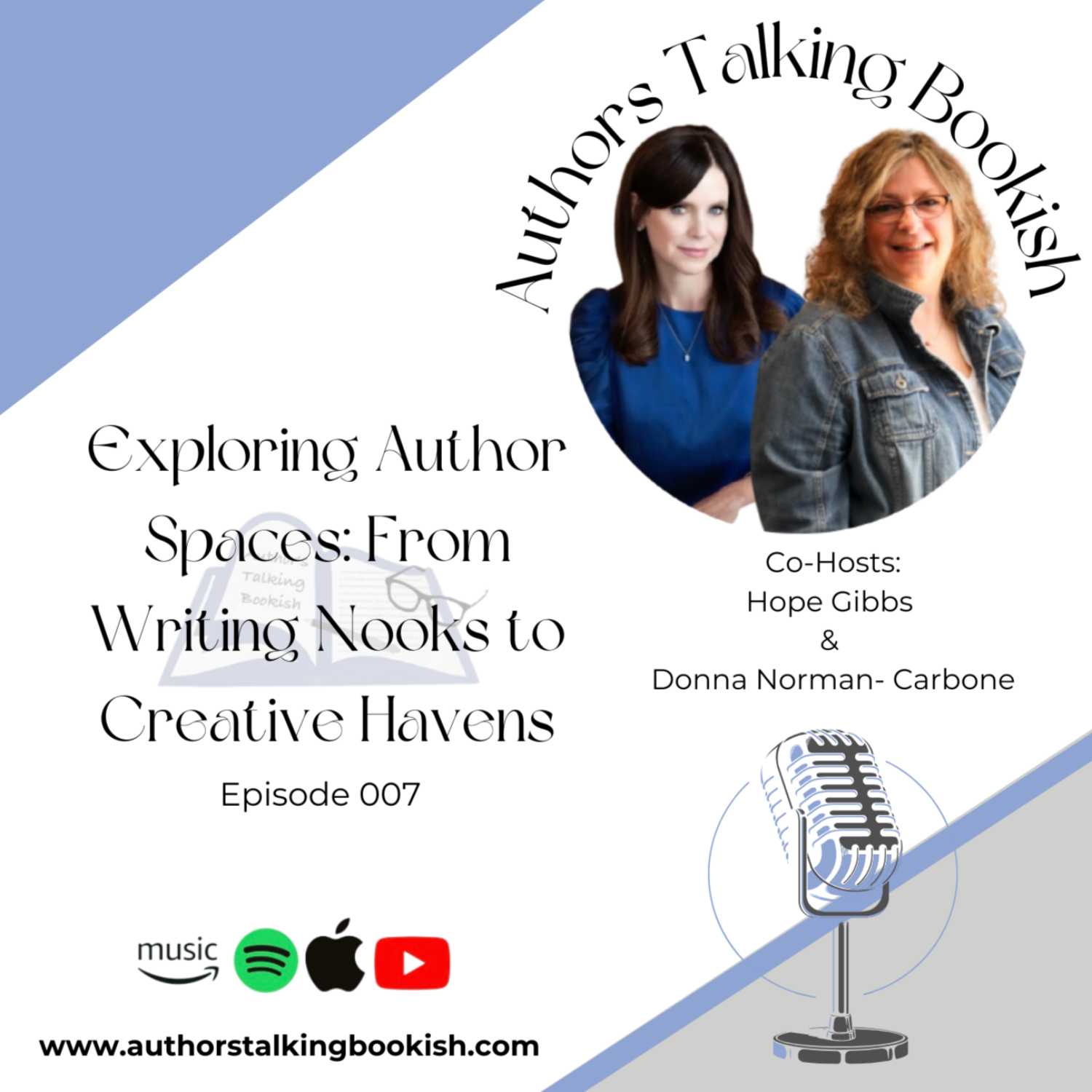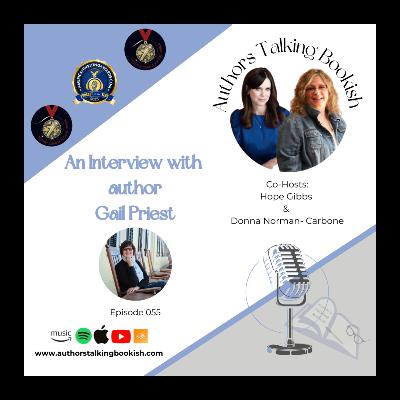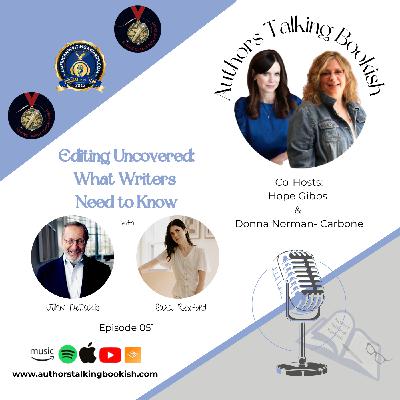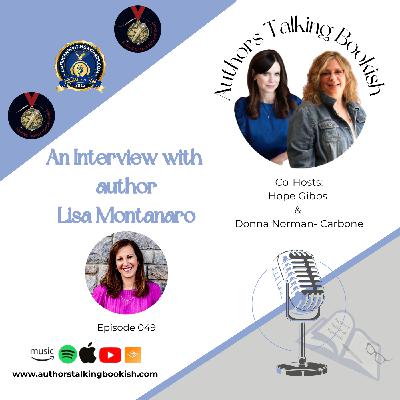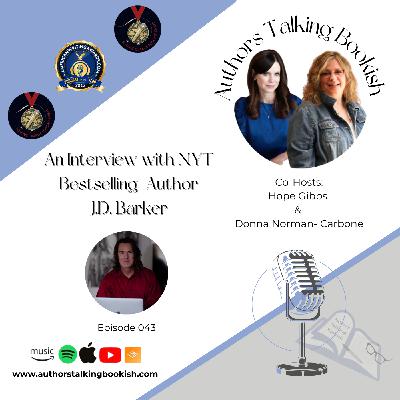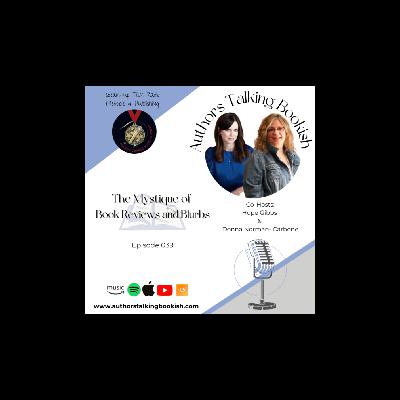Exploring Author Spaces: From Writing Nooks to Creative Havens, Episode 7
Description
Have you ever considered designating a dedicated writing space in your life? Whether it’s a tranquil corner adorned with books and soft lighting, a bustling café fostering an ambiance of creative energy, or a minimalist desk that evokes focus, your environment can affect your creativity and productivity.
SHOW NOTES:
Famous Author’s Writing Spaces
‘A woman must have money and a room of her own if she is to write fiction,’ Virginia Woolf famously says in A Room of One’s Own.
- Roald Dahl’s – writing hut
- Stephen King’s – Maine house the Sanctuary of Scares
- Charles Dickens – special desk and chair
- Edith Wharton – writing in bed
- J.D. Salinger - a shed
- Virginia Woolf - a room, (then) the OG She-Shed
Writing Spaces:
- “writing space” and its significance for writers
- How can the physical environment around you influence your writing style and productivity?
- Types of writing spaces: home office, dining room table, shed, cloffice
- Tips for creating an inspiring work space, regardless of budget
- Sensory elements (color, scents, sounds, music)
Different Spaces for the Writing Process and Stages
- Tailor your space to the different stages of the writing process (brainstorming, drafting, editing, marketing)
- Change the setting – how mixing up your writing spaces can help you overcome writer’s block and stimulate fresh ideas
- Benefits of writing in public: A coffee shop. Park. On vacation.
- Retreats
Writing in a Digital Age:
- Virtual writing spaces, online writing communities. How they can impact your writing by collaborative creativity.
- Balancing your writing time with constant distractions from the internet being at your fingertips.
LINKS & SOURCES:
“Where writers write: Virginia Woolf’s writing room,” Charlotte Peacock
https://charlottepeacock.co.uk/2021/01/02/where-writers-write-virginia-woolfs-writing-room/
Donna’s Home Office Pinterest Board https://pin.it/7IA1769
DO NOW: Put together a list of what inspires you—music, favorite colors, books, aromas, authors. Make a mood board of the spaces that speak to you. Decide if you would work best at home, your local coffee shop, or even outdoors.
Remember, your writing space should be a reflection of your unique personality and style that should fuel your imagination and help you craft your novel.

